Finger Spelling and Model Making.
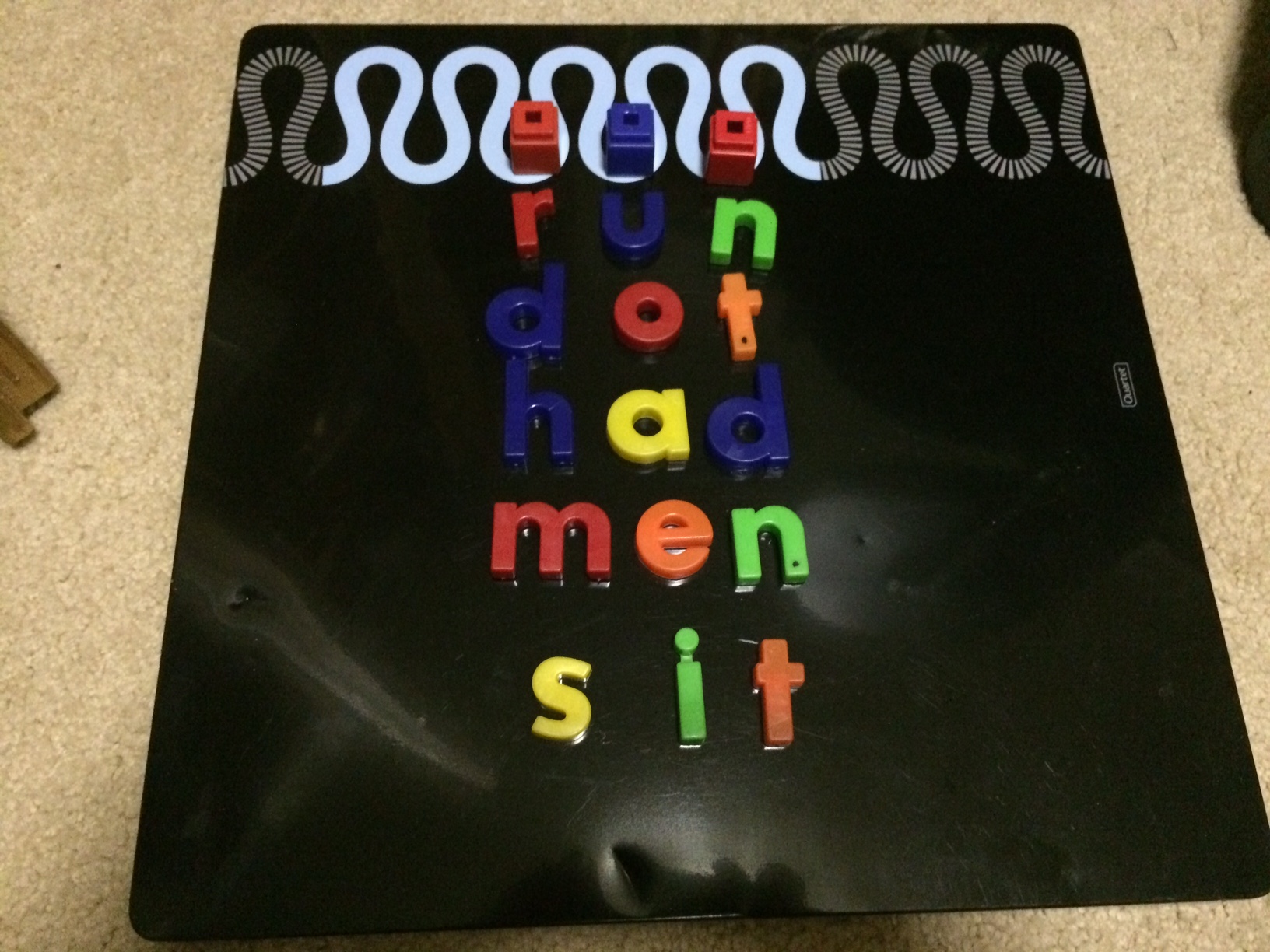 Using Word Model Acticvity
Using Word Model Acticvity
Reading and spelling are difficult for some children to comprehend and gain competence in. These two areas have different outcomes. Reading is recognising a word and being able to comprehend its meaning and to use that comprehension in predicting the words that are likely to come next and to understand what a story or passage is about. Sometimes that comprehension pushes the reader into a guessing procedure which may give a similar or appropriate word but the wrong word nevertheless.
Spelling on the other hand is to be able to write a suitable word in a sentence correctly so that a reader may be able to understand and comprehend what is written.
In English, they have one common aspect. That is the symbols that they use to record the sounds that enables the deciphering ofv words appropriately; so they can either be written or read.
In practice, the reading of words and the speed of recognition comes slightly more quickly than being able to spell the words that they have read. We need to remember, that in the teaching process, evidence suggests that vision outranks hearing. The more visual and colourful the teaching method, the better.
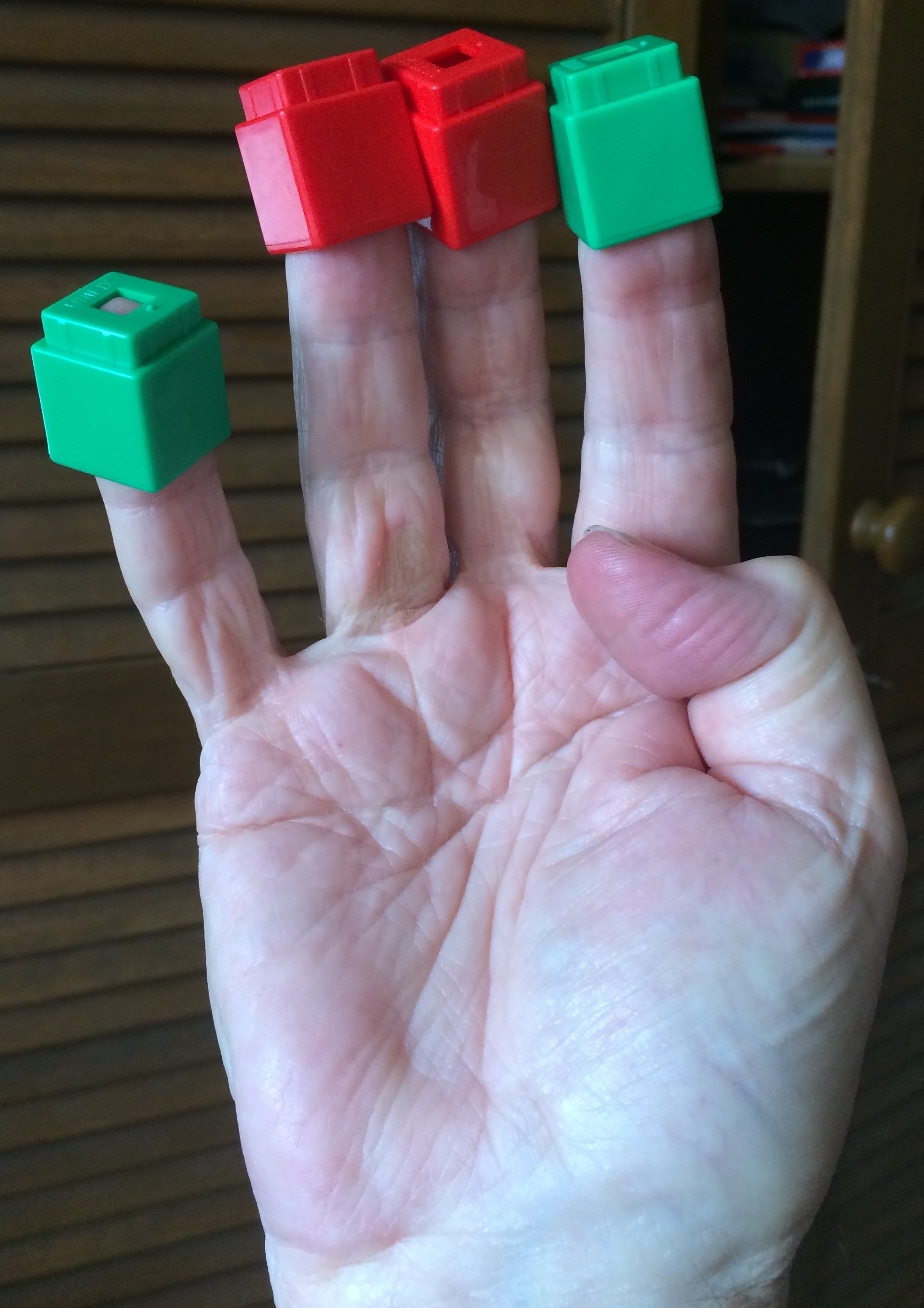

What we need to remember is the task of teaching the symbols of reading and writing is a very large one. We need to be very careful with children who special learning needs. Firstly, we need to have a variety of ways in which we present new words and concepts. Secondly, we need avoid any possibility of memory overload. Often the children coming into our care, memory is an issue, especially in the lower grades. The more we can associate symbols and the sounds in different ways the more likely a child is to be able to remember and make appropriate connections.
The task of teaching the sounds and the symbols of our language is a long one. Firstly, we need to teach the sounds of the letters. This is complicated by the fact that some letters have more than one sound. Then we must teach the letters that make the sounds. Some sounds are written in more than one way. So, for example the letter 'a' makes several sounds. The sound ‘a’ as in rain has many more ways of spelling it than just ‘ai’.
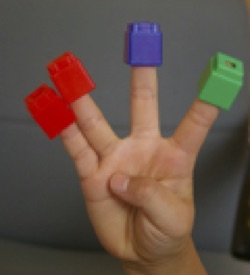
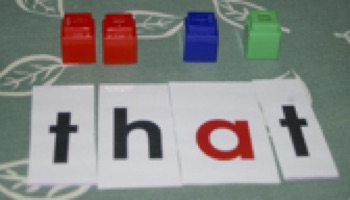
When introducing words in class, small groups or even individually, I like to use fingerspelling. For example, if I'm teaching the word ‘cat’, I would hold up three fingers each finger representing one of the letters in the word. The advantage this has is it gives a clear picture of the number of letters the word has. It is a good strategy for children who struggle hearing individual sounds and the order those sounds come in come within a word. I can also point out clearly, by pointing to the middle finger, the very important role that the vowel sound plays. Similarly, the first and third finger, representimg the consonants, have a vital role to play.
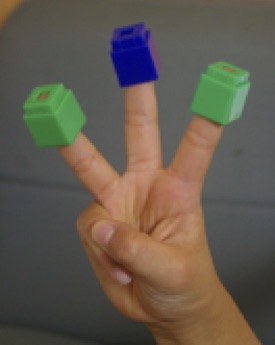
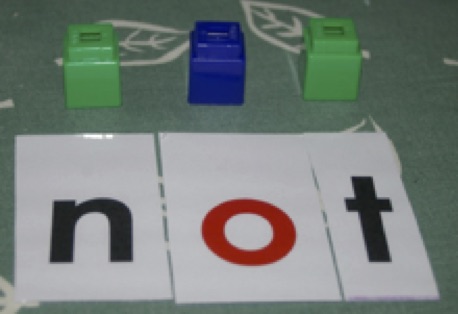
With both students and teachers using finger spelling individually, in groups or one on one, concepts can be taught, understanding checked, questions asked and answered.
Finally, fingerspelling can be another way of all classifying words. Usually I make a list of words with a pattern, for example ‘a’ words or ‘i’ words like ‘sat’ and ‘sit’. However, I can mix them to a degree and talk about three finger words. I can make word lists with a different vowel sound and reinforce the difference and the similarities. Colours enables me to be more precise in my description.
Fingers have a sameness about them so there are limited ways of showing the role various letters play in a word. This can be amplified by using colours. Vowels and consonants and different digraphs can be given a colour which enables a higher level of discussion and more contrast in the roles and combinations of the letters. Models allow a further activity for individuals or groups to develop a more specific understanding. Words can be collected with the same colour pattern. Colours can be introduced slowly as students understanding grows.
The colour code is useful, because it adds a degree of concreteness to the program.
Once the student is introduced to vowels and consonants, diagraphs colour coded activities become a valuable asset for both teaching and observational assessment.
Activities include making the words with card and the colour blocks to help in recognition.
Finding other words that follow the same pattern is a valuable activity.
Many words have the same colour pattern and problem solving strategies can be associated with these. Adding a further dimension to using the fingers to introduce a word.
Suggested colour code for unifix blocks.
Vowel – blue
Consonant – green
Consonant digraph – red
Vowel digraph– blue
Different task ‘e’ – black
A vowel and consonant digraph –yellow
Y as a vowel sound – crimson
Split vowel light blue
A morphograph (affix) is white
Blends – brown
Double Letters – orange